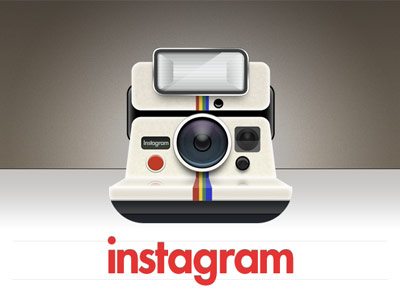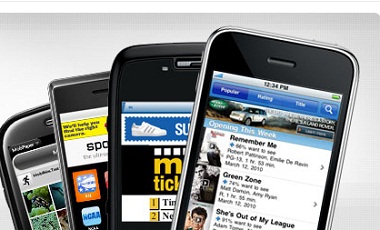For the past week, I have been paying close attention to the issues that Instagram has been facing, as well as causing, for its users. On Monday of last week, the company made changes to its privacy policy that would allow for it to share information with its new partner, or rather owner, Facebook. There were some wordings in the new privacy terms and terms of use that caused confusion among users, making them believe that all of their photos and postings were prone to be used for advertising purposes. Upon a completely predictable outrage from Instagram users, changes had to be made to the company’s policies to make the users happy. That happened a few days ago, and Instagram tried to assure its users that their photos would not be used by advertisers, but it appears that the outrage continued.
So, what has Instagram done now to stop all of the chaos circling their company, and to stop all of the traffic that has been leaving their network and relocation to other image posting networks? Well, it seems that the Instagram users have won the battle that they were fighting, because Instagram has made the only decision they could by reverting back to the original terms of service and privacy terms that had been in place since 2010.
Here is what Kyle Systrom, co-founder of Instagram, stated in a blog post Friday:
The concerns we heard about from you the most focused on advertising, and what our changes might mean for you and your photos. There was confusion and real concern about what our possible advertising products could look like and how they would work.
Because of the feedback we have heard from you, we are reverting this advertising section to the original version that has been in effect since we launched the service in October 2010. You can see the updated terms here.
Going forward, rather than obtain permission from you to introduce possible advertising products we have not yet developed, we are going to take the time to complete our plans, and then come back to our users and explain how we would like for our advertising business to work.
So, that settles it I suppose. The changes being made to the Instagram privacy policy that could very well have benefitted marketers quite a bit, are no more. I suppose that in the end, the company and marketers are better off without these changes, for without them, users will stay on Instagram, and it can still be used to some degree for marketing purposes by brands and businesses.
However, it seems that changes to the privacy policies at Instagram are not completely out of the question, but the company needs to do some reflecting and better planning before putting anything in place again. For now, this is the end of Instagram’s PR devastation, and the company has done all it could to restore its good name.




















